Bibliographic description
WARDEN, Ginger; DUNBAR, Denise; WANCZYCKI, Catherine; O'HANLEY, Suanne. The Subject Analysis of Images: Past, Present and Future [on line]. University of British Columbia School of Library, 27th March 2002. Available on:
http://www.slais.ubc.ca/people/students/student-projects/C_Wanczycki/libr517/homepage.html
Dublin Core
Title : The Subject Analysis of Images: Past, Present and Future
Creator : Ginger Warden, Denise Dunbar, Catherine Wanczycki, Suanne O'Hanley
Subject : image collection / image classification / thesaurus / image indexing
Description : "The Art and Architecture Thesaurus (AAT) is a structured vocabulary that can be used to improve access to art, architecture, and material culture."
Publisher : University of British Columbia School of Library
Date : 2002-03-27
Type : Web site
Format : HTML
Identifier : http://www.slais.ubc.ca/people/students/student-projects/C_Wanczycki/libr517/homepage.html
Source: http://www.slais.ubc.ca/
Language : En
Relation : -
Coverage : UK
Rights : No
Extract
"Image collections exist for many purposes: medicine (ultrasounds, CAT scans), architecture (building plans), geography (aerial photos, maps), art (paintings, cartoons), business (trademarks), history (photographs). Some image collections are very large. The Getty Institute's Photo Study Collection, for example, has over two million photographs. Indexing collections of this size can be extremely time consuming, and unlike text, images cannot be searched by keyword. Many automatic indexing systems have been developed, but what computers can currently extract from images are "mostly low-level features" (Rui, 1999) like color, shape, and texture. Research on the information needs of users, and on human perception of images may, in time, contribute the knowledge needed to produce the most precise and efficient retrieval systems possible.
In the meantime, librarians contending with image collections have to make decisions about how best to provide access to them. Currently, there is no universal consensus in libraries. In a survey of 58 libraries in the U.K., (Graham, 1999) the clear majority of respondents employed in-house methods of classifying and indexing their collections, rather than relying on publicized schemes, such as the AAT (Art and Architecture Thesaurus), LCTGM (Library of Congress Thesaurus for Graphic Materials), and LCSH (Library of Congress Subject Headings). This is likely the result of tradition. Curators of image collections were left to their own devices for most of the century, insofar as subject headings for images went, while LCSH concentrated on primarily text-based materials. Many different thesauri were developed by individuals or groups of individuals to deal with particular collections but efforts to create a universally acceptable indexing language for images has only been a point of interest in the past 30 years or so, with the increasing volume of available images and the desire for increased resource-sharing between institutions.
The AAT and LCTGM are presently the two most widely accepted vocabularies for use with image collections. Their development, structure and scope are the main focus of this website. Subject headings from each are applied to several types of images by way of example. We also look to the past and future of subject access to images by surveying both the methods librarians have used in the past (and are still using today to some extent) and the methods that are currently being developed (and to some extent already in place)."
Subscribe to:
Post Comments (Atom)
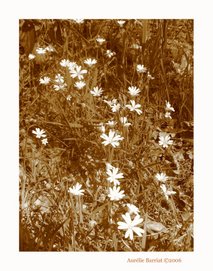
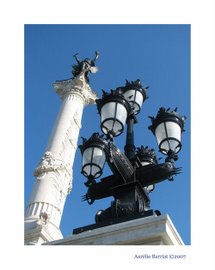
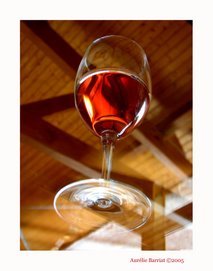
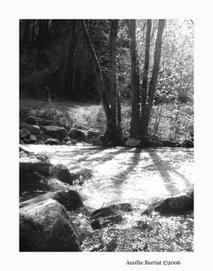
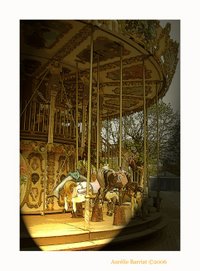
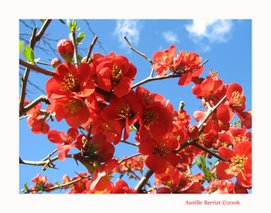
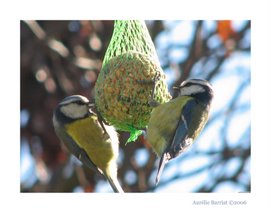
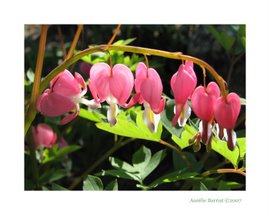

No comments:
Post a Comment